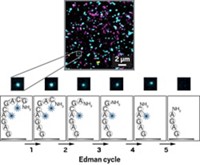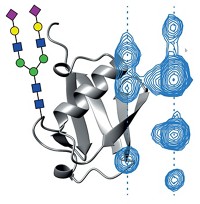Advertisement
Grab your lab coat. Let's get started
Welcome!
Welcome!
Create an account below to get 6 C&EN articles per month, receive newsletters and more - all free.
It seems this is your first time logging in online. Please enter the following information to continue.
As an ACS member you automatically get access to this site. All we need is few more details to create your reading experience.
Not you? Sign in with a different account.
Not you? Sign in with a different account.
ERROR 1
ERROR 1
ERROR 2
ERROR 2
ERROR 2
ERROR 2
ERROR 2
Password and Confirm password must match.
If you have an ACS member number, please enter it here so we can link this account to your membership. (optional)
ERROR 2
ACS values your privacy. By submitting your information, you are gaining access to C&EN and subscribing to our weekly newsletter. We use the information you provide to make your reading experience better, and we will never sell your data to third party members.
Analytical Chemistry
Phosphorylation And Acetylation In Action
NMR technique allows researchers to simultaneously detect posttranslational modifications taking place
by Sarah Everts
October 11, 2010
| A version of this story appeared in
Volume 88, Issue 41
Protein posttranslational modifications switch essential biological processes on and off, but tracking them in real time is a challenge. Now, researchers led by Philipp Selenko of the Leibniz Institute of Molecular Pharmacology, in Berlin, have developed a way to concurrently watch phosphorylations and acetylations take place (J. Am. Chem. Soc., DOI: 10.1021/ja106764y). The technique involves standard two-dimensional nuclear magnetic resonance spectroscopy and can be used for isotope-labeled proteins in solutions, as well as for cellular extracts. The reason both phosphorylation and acetylation can be observed simultaneously is that backbone amide group NMR signals shift when the posttranslational modification occurs. “This is an advance over mass spectrometry, the standard technique for studying posttranslational modifications, because modifications can be observed in real time, at atomic resolution, without having to purify the end mixture,” Selenko explains. MS can only detect the modifications after they have taken place.





Join the conversation
Contact the reporter
Submit a Letter to the Editor for publication
Engage with us on Twitter